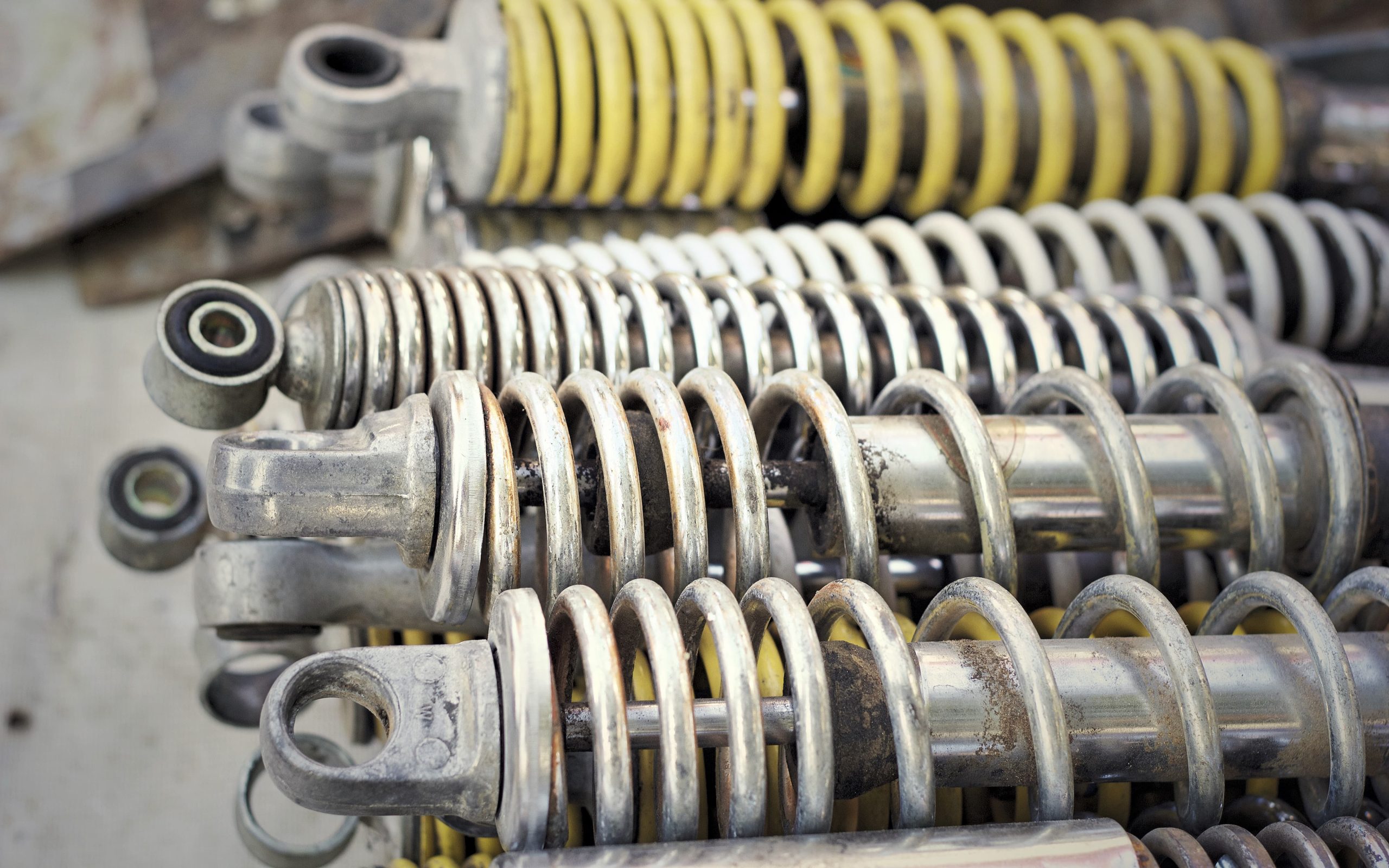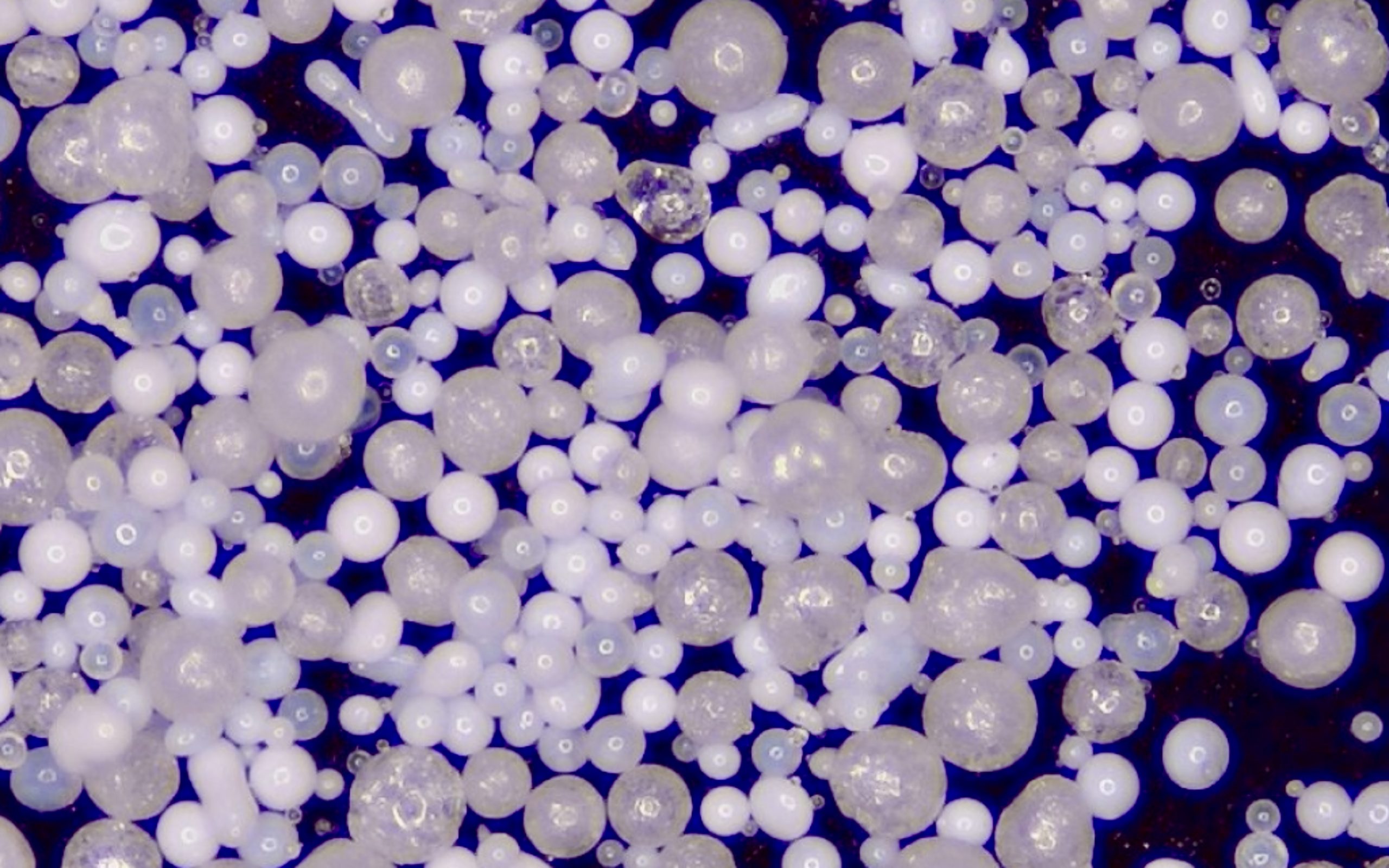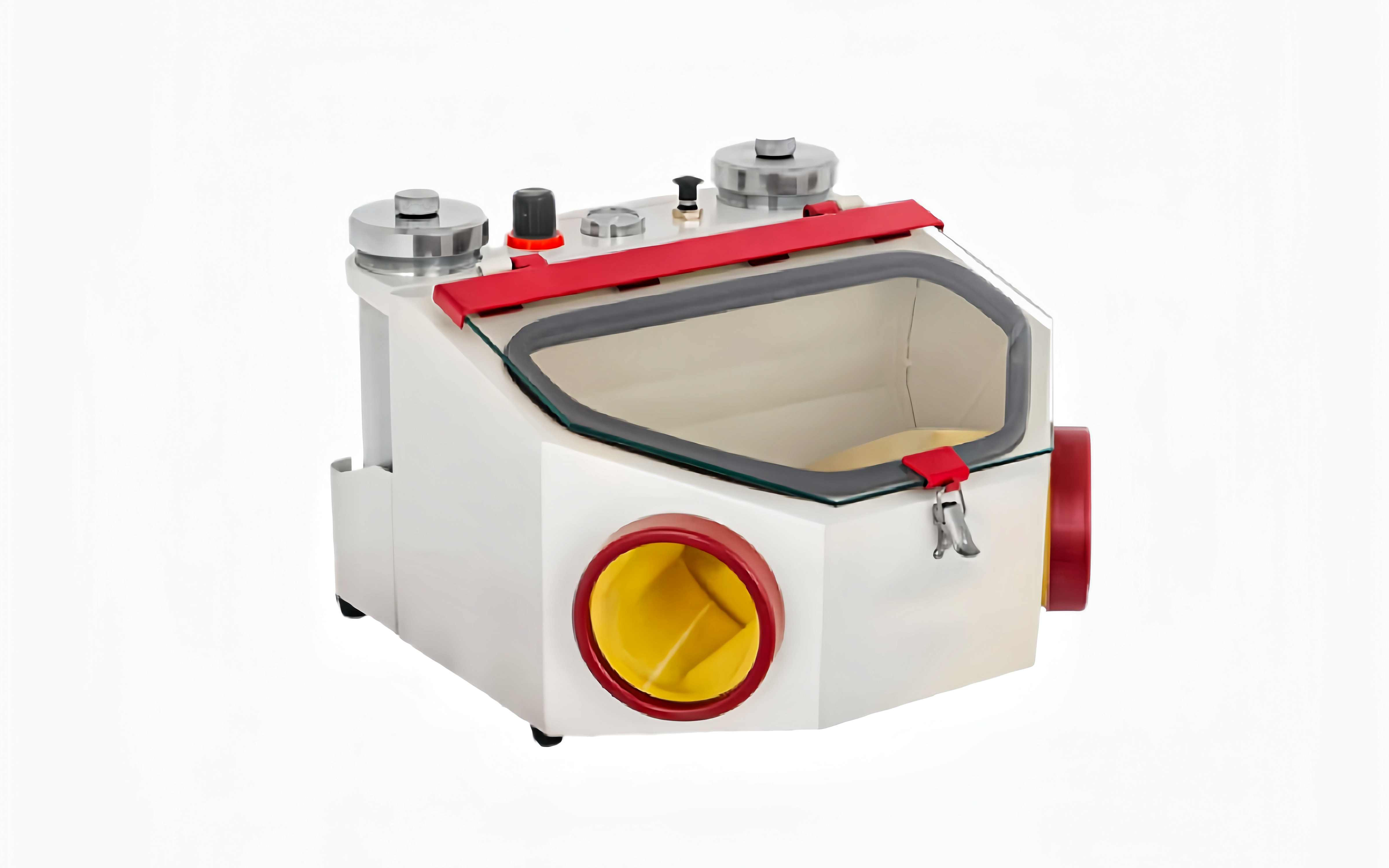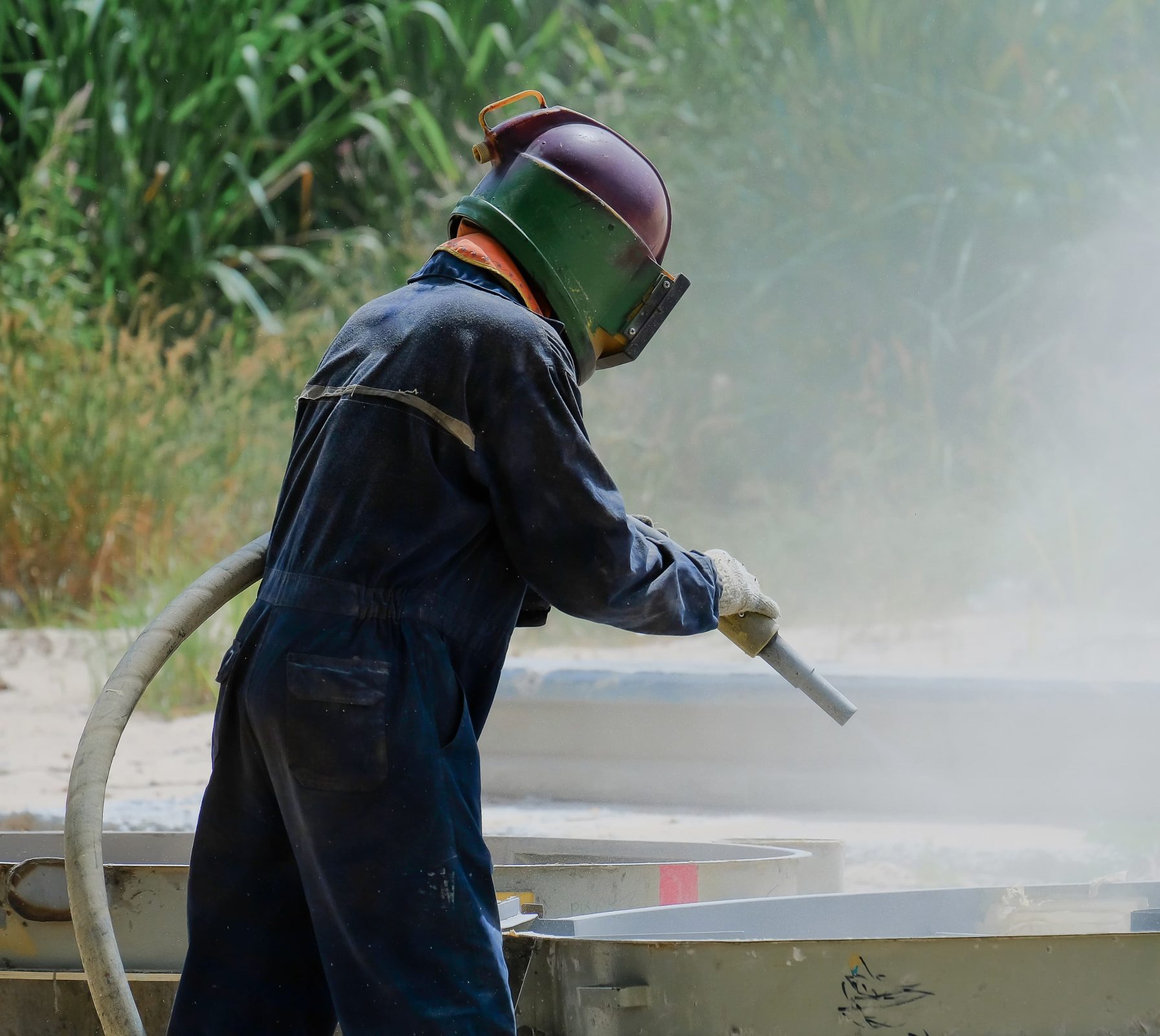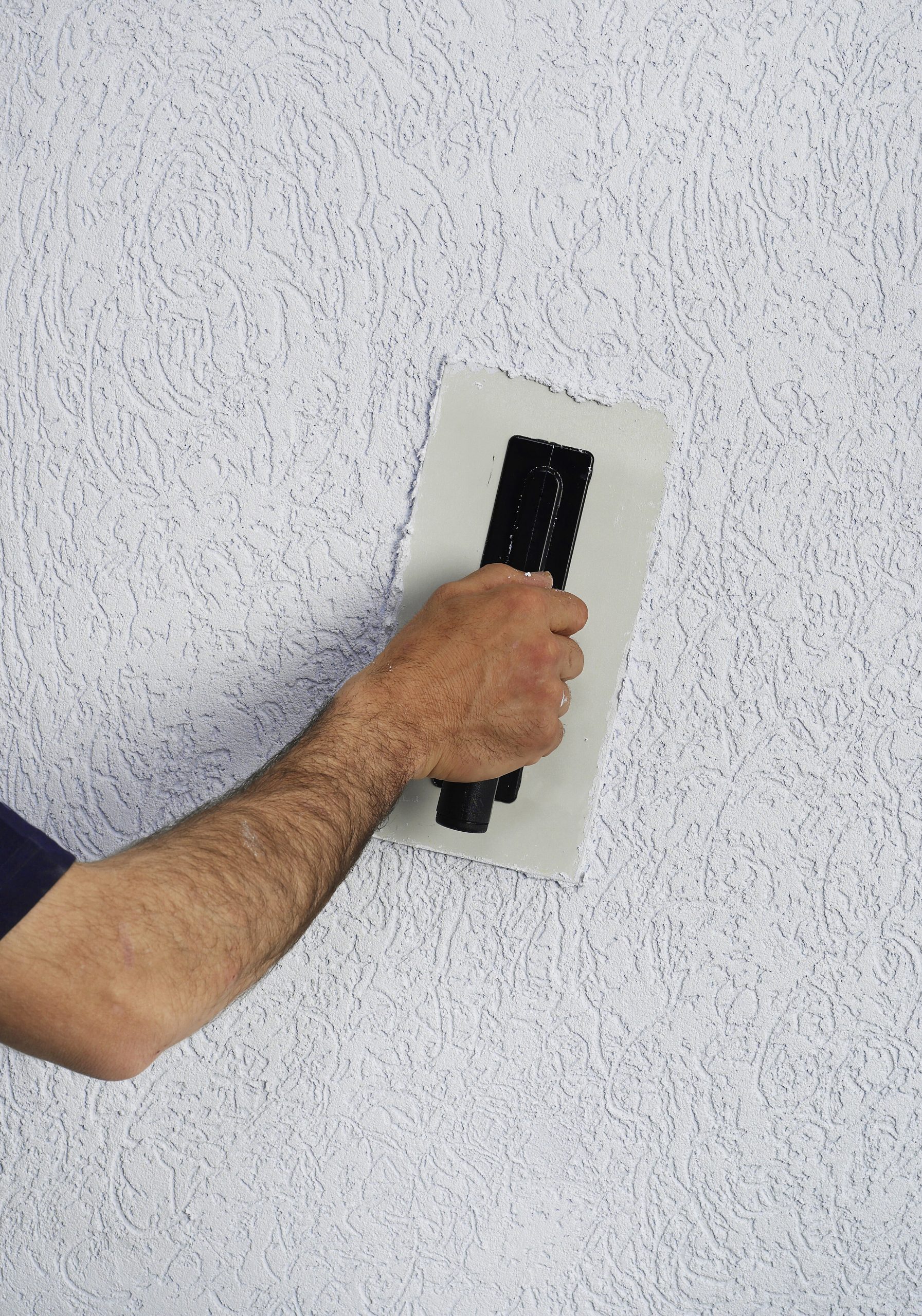Ceramic Grit Blasting Beads in Touchscreen Glass Surface Processing
August 29, 2024

In recent years, touchscreen technology has made significant advances in the consumer electronics field. Particularly, the introduction of new high-resolution touchscreens has elevated the display quality and user experience of electronic devices to new heights. For instance, in September 2023, Samsung officially launched its latest Galaxy Z Fold 5, which features the sixth-generation AMOLED touchscreen. This new model not only shows significant improvement in color accuracy but also makes substantial breakthroughs in scratch resistance. Samsung claims that revolutionary technologies have been employed to enhance touch sensitivity and display clarity, with advanced touchscreen glass surface treatment processes playing a central role in these improvements. This technology has been key in enhancing the performance of touchscreen glass, becoming one of the core factors ensuring the screen’s exceptional performance.
The manufacturing process of touch screen glass is a complex and precise procedure that involves several key steps to ultimately produce high-performance glass that meets the required standards. Each stage plays a crucial role in determining the final performance and quality of the glass. Below, I will provide a detailed description of the touch screen glass manufacturing process, with a focus on the final surface treatment process. By the end, you will understand why grit blasting grit is so important.
Overview of Touchscreen Glass Manufacturing Process
- Material Selection: The first step in producing high-quality touchscreen glass is selecting suitable raw materials. Typically, the main component of glass is silicon dioxide (SiO₂), along with a certain proportion of sodium, potassium, calcium, and other elements to adjust the physical and chemical properties of the glass.
- Melting and Forming: Once the material formula is determined, these materials are melted at high temperatures to form a uniform glass liquid. The molten glass is then shaped using various forming processes such as float or roll forming to produce flat glass. This step defines the initial shape and thickness of the glass, serving as the foundation for subsequent processing.
- Annealing: The formed glass usually undergoes annealing, a heat treatment process designed to eliminate internal stresses generated during shaping. The glass is heated to a certain temperature and then slowly cooled to evenly distribute internal stresses, preventing spontaneous breakage during later use.
- Surface Treatment: After annealing, the glass enters the surface treatment stage, which is crucial for enhancing touchscreen performance. Surface treatment aims to improve the glass’s surface properties to better meet touchscreen application requirements. Common surface treatment methods include sandblasting, chemical strengthening, and physical coating. Among these processes, ceramic grit blasting beads are widely used for surface optimization due to their unique properties.
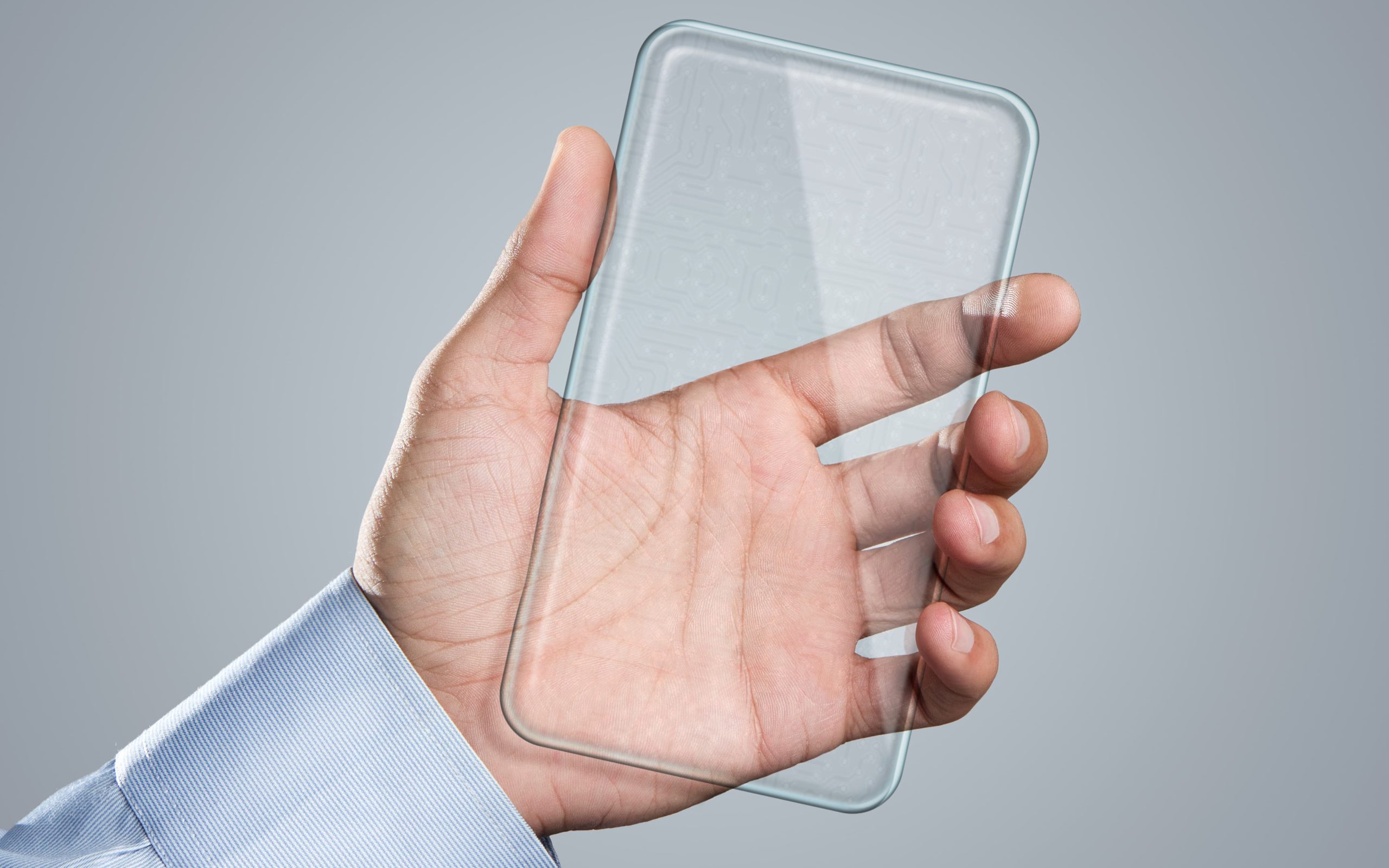
Touchscreen glass
The surface treatment of touchscreen glass is not only for aesthetics, but also to give it specific functional characteristics to meet the high requirements of modern electronic products on the screen. The following are several key surface treatment technologies and their applications in touchscreen glass.
Ceramic Sandblasting: The use of ceramic grit blasting beads can significantly improve the glass’s tactile and visual effects, making touchscreens more durable. Compared to other surface treatment methods, ceramic sandblasting offers high efficiency and precision, significantly enhancing surface performance without affecting the glass’s overall transparency.
Chemical Strengthening: Typically combined with ceramic sandblasting, chemical strengthening involves immersing the glass in a molten salt bath containing potassium ions at high temperatures. This ion exchange process strengthens the glass’s surface hardness by replacing smaller sodium ions with potassium ions, creating surface compressive stress. The result is enhanced impact resistance and scratch resistance, which are essential for modern smartphones and tablets.
Physical Coatings: In addition to physical and chemical strengthening, physical coatings are an important aspect of touchscreen glass surface treatment. Common coatings include anti-fingerprint, anti-glare, and anti-reflective coatings. These coatings are applied through methods such as sputtering or chemical vapor deposition to impart special functions to the glass. For instance, anti-fingerprint coatings reduce fingerprint residue on screens, while anti-reflective coatings improve visibility under sunlight.
Combination of Technologies: In practice, touchscreen glass surface treatment often involves a combination of technologies. For example, ceramic sandblasting might first improve surface roughness, followed by chemical strengthening to enhance hardness, and finally applying an anti-fingerprint coating. This comprehensive treatment approach provides multiple excellent properties, meeting high standards for touchscreen performance.
Through the combined application of these key technologies, the touch screen glass has reached an ideal balance in terms of scratch resistance, impact resistance, touch comfort, etc., which greatly improves the market competitiveness of the product.
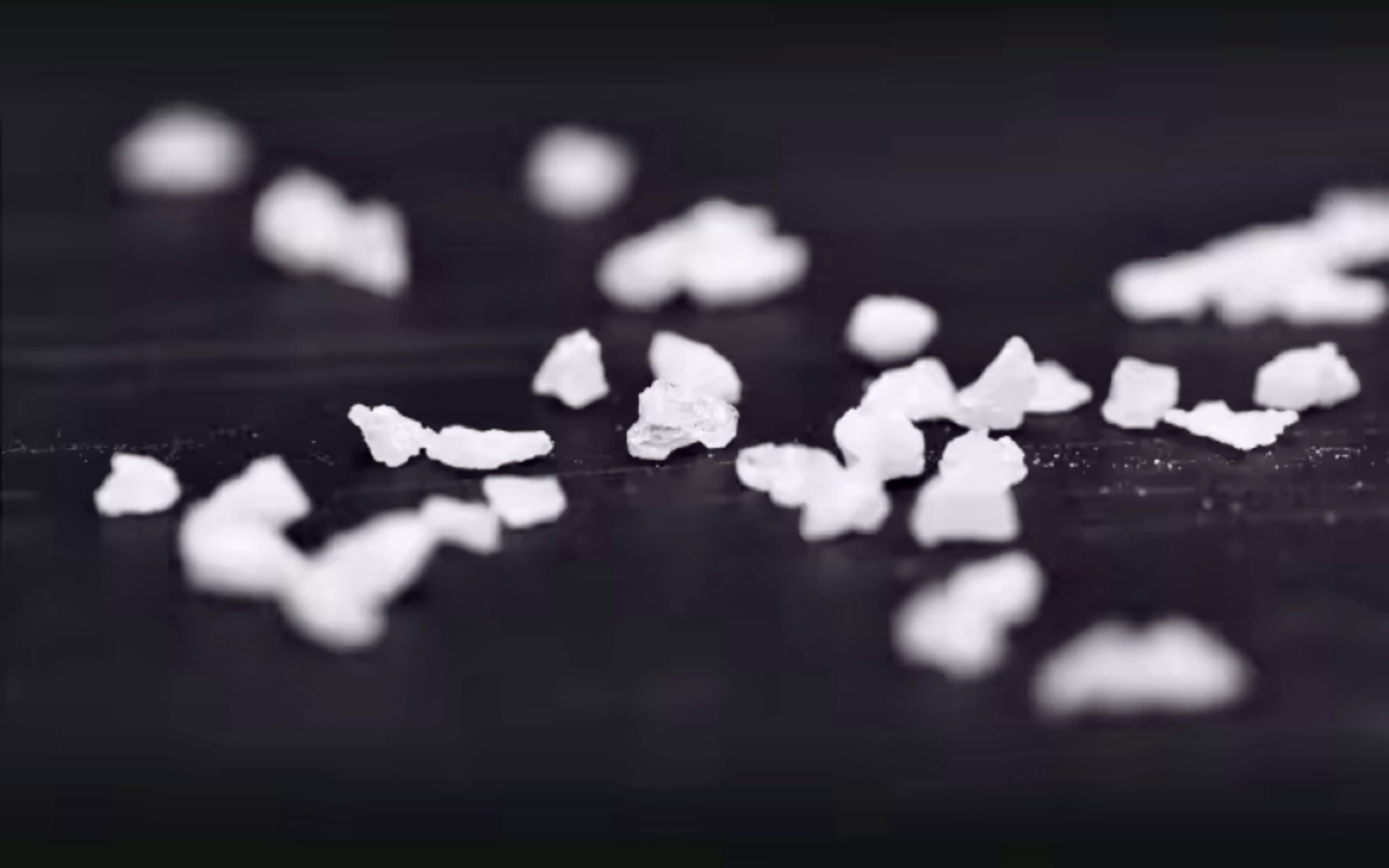
Detail of ceramic grit blasting beads
Specific Role of Ceramic Grit Blasting Beads
- Optimizing Surface Roughness: Surface treatment of touchscreen glass is crucial for enhancing tactile and visual effects. Ceramic grit blasting beads, due to their superior hardness and uniformity, precisely adjust the surface roughness of the glass. Sandblasting creates a uniform micro-texture on the touchscreen glass, improving the comfort of touch and enhancing the smoothness of screen sliding. In the mentioned news case, sandblasting media significantly improved the screen’s tactile feel, making the touch experience smoother and more natural, which helped capture market share.
- Removing Surface Contaminants: During the production of touchscreen glass, the surface often accumulates small oxides, oils, and dust. Ceramic grit blasting beads excel in cleaning these contaminants. Compared to traditional cleaning methods, sandblasting can thoroughly remove surface dirt while avoiding scratches or other damage, thus maintaining a clean and smooth glass surface. This cleaning effect is crucial for enhancing the optical performance of the touchscreen.
- Improving Adhesion: Touchscreen glass often requires coating with anti-fingerprint or other functional layers. Sandblasting treatment can improve the glass surface’s adhesion, ensuring that these coatings adhere firmly and do not peel off. This enhanced adhesion not only extends the screen’s lifespan but also ensures better anti-fingerprint and scratch resistance, providing an improved user experience.
- Enhancing Durability: Ceramic grit blasting beads due to their high hardness, significantly enhance the durability of touchscreen glass. Sandblasted glass surfaces are better at resisting everyday scratches and wear, maintaining the screen’s visual and touch performance.
Particle Selection and Application Technology
- Impact of Particle Size: The particle size of ceramic grit blasting beads directly affects the processing results for touchscreen glass. Different particle sizes produce different effects during surface treatment. For example, F120 63-125 micron particles are suitable for high-gloss finishes, while F170 45-90 micron particles are better for medium roughness. Choosing the appropriate particle size is crucial for achieving the desired surface effect.
- Optimization of Sandblasting Parameters: Parameters such as sandblasting pressure, angle, and treatment time significantly impact the results. Optimizing these parameters ensures that particles act uniformly on the glass surface, achieving the best surface roughness and cleanliness. For instance, excessive sandblasting pressure may cause too many scratches, while too low pressure may fail to remove contaminants effectively.
- Selection of Sandblasting Equipment: Choosing the right sandblasting equipment is also important. Modern equipment offers precise control features, allowing adjustment of sandblasting flow and pressure to efficiently apply different particle sizes. Maintenance and regular checks of the equipment are also key to ensuring consistent sandblasting results.
Practical Case Analysis
- Successful Cases: In addition to Samsung Galaxy Z Fold 5, another successful case is Huawei Mate X2. Huawei used high-quality ceramic grit blasting beads during production, resulting in excellent scratch resistance and touch experience. The touchscreen glass of this phone applied ceramic sandblasting technology, enhancing visual effects and durability. Apple also used ceramic grit blasting beads in its iPad Pro, significantly improving screen durability and touch accuracy.
- Failure Cases: Despite the excellent performance of ceramic grit blasting beads in many applications, improper use can lead to problems. For instance, using particles that are too large may cause minor scratches on the glass surface, affecting touch experience and visual clarity. After adjusting the process, this issue was resolved, but this example highlights the need for precise control of particle size and processing parameters to avoid potential negative effects.
- Future Potential: Ceramic grit blasting beads not only perform well in touchscreen glass but also show broad application potential in future electronic products. For example, in virtual reality (VR) and augmented reality (AR) devices, sandblasting technology can be used to process high-resolution displays to enhance immersion and image clarity. Additionally, the use of ceramic grit blasting beads in wearable devices and smart home products can improve durability and aesthetics, providing a better user experience.
Applications in Other Electronic Consumer Fields
- Electronic Component Surface Processing: Apart from touchscreen glass, ceramic grit blasting beads also play an important role in surface processing of other electronic components. For example, during the manufacturing of electronic components, sandblasting technology can effectively improve surface finish, increase the reliability of soldered parts, and enhance overall performance.
- Electronic Device Casings: Surface treatment of electronic device casings also needs to consider durability and aesthetics. Ceramic grit blasting beads can provide a uniform surface texture, giving the casing a modern look while enhancing scratch resistance and durability.
- Precision Instruments: In the production of precision electronic instruments, ceramic grit blasting beads can optimize surface quality. Fine sandblasting treatment can effectively reduce surface defects, improving the accuracy and stability of the instruments.
- Computer Hardware: In computer hardware manufacturing, such as processors and graphics cards, ceramic grit blasting beads can be used to improve the surface treatment of heat sinks, thereby enhancing thermal conductivity and overall hardware performance and durability.

The case and feel of the camera influence the purchase decision
Future Trends in Touchscreen Glass Surface Treatment
With continuous technological advancements, touchscreen technology is also evolving. Future touchscreen glass surface treatment may not only focus on improving tactile and visual effects but also encompass more functional requirements. For instance, future touchscreen glass might integrate functions like blue light protection and antibacterial properties, with advancements in ceramic grit blasting beads supporting these new features. By continuously optimizing sandblasting processes and particle specifications, manufacturers can develop higher-performance touchscreen glass to meet the ever-changing market demands.
Future Development Directions for Ceramic grit blasting beads
The trend of technological progress
With the continuous progress of sandblasting technology, the new generation of ceramic grit blasting beads has not only significantly improved in hardness and uniformity, but also optimized in shape and particle distribution. These innovations enable the sandblasting process to achieve a finer surface finish. Applications such as nanoscale ceramic grit blasting beads allow surface adjustments to be made at even smaller scales, further improving the quality and performance of touch screen glass. In addition, more efficient sandblasting equipment is also being introduced, vowed to work together with new sandblasting particles. Future sandblasting technologies may also introduce more intelligent and automated elements, such as real-time monitoring of sandblasting effects through sensors and automatic adjustment of sandblasting parameters to achieve more accurate surface treatment.
Environmental protection and sustainability
Environmental protection and sustainability will become an important direction for the development of sandblasting technology in the future. The use of environmentally friendly materials and the reduction of waste generated in the production process will be important goals of future technological innovations. Now, the research and development of environmentally friendly ceramic grit blasting beads is in progress, and some can even be put into the market. The use of technologies to develop recyclable sandblasting particles and reduce exhaust emissions will effectively reduce the environmental impact of the production process and also help improve the environmental protection level of the entire industry.
In summary, ceramic grit blasting beads play a crucial role in enhancing the performance and quality of touchscreen glass. Through optimizing surface roughness, removing contaminants, improving adhesion, and enhancing durability, ceramic sandblasting technology significantly elevates touchscreen performance. The practical application of these particles in well-known brands like Samsung, Huawei, and Apple highlights their effectiveness. Future advancements in technology, environmental considerations, and customized solutions will continue to drive the development of ceramic grit blasting beads, ensuring they meet the evolving needs of electronic products and contribute to improving user experience.








